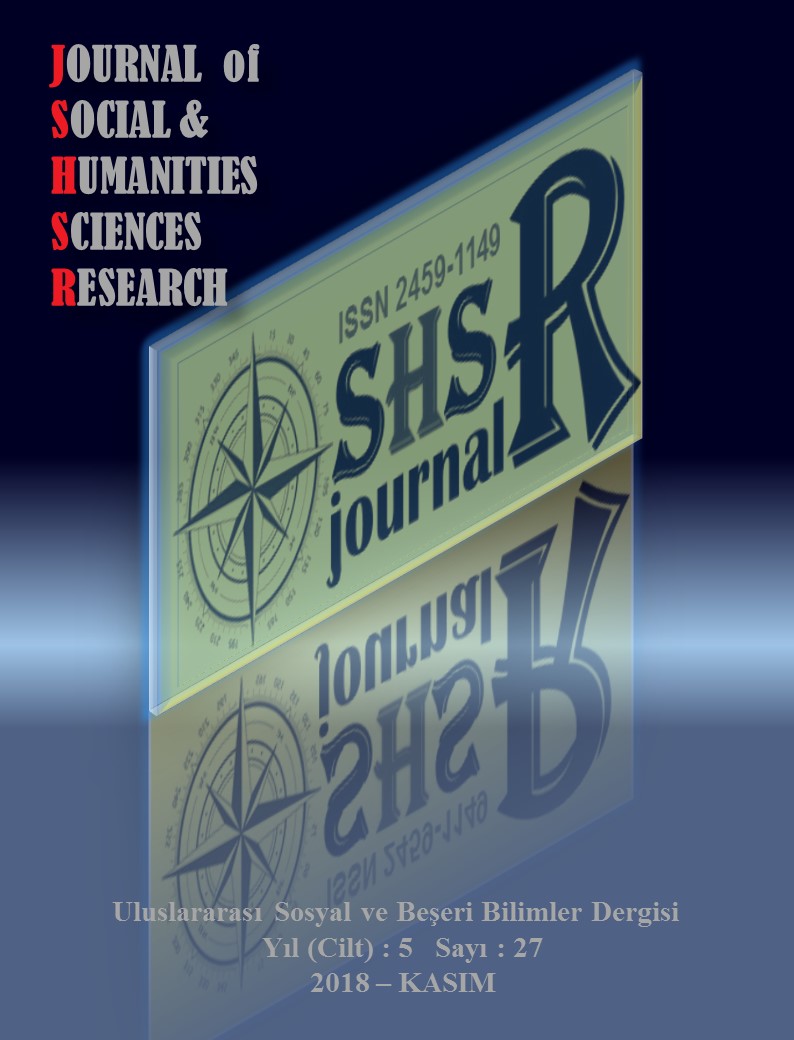AN EXAMINATION OF SLUM AREAS ON THE AXIS OF GLOBALIZATION
DOI:
https://doi.org/10.26450/jshsr.679Keywords:
globalization, slums, urban transformation, migrationAbstract
The industrial revolution, increases in production and diverting the consumption habits to nourish production activities by the capitalist system has revealed the phenomenon of globalization. “In the process of cross-border economic integration and incorporating national economies into the world markets by the increases in the mobility of goods, services and capital, the interaction and interdependence between communities and states living in different regions of the World has risen (Kıvılcım 2013)” and this could be defined as globalization. Especially after the Second World War, globalization has shaped the social life in all its aspects along with the cities that are made up to day. It has transformed every field from economics to politics and social life to cultural structures. Cities are also physically and socially influenced to the greatest extent by this transformation. Together with technological developments, people in different rural and urban settlements around the world are aware of every aspect of the possibilities of the new age. This has led individuals to question their own life conditions and to look for happiness in different geographies.
Immigration to cities has caused physical pressures to increase in and around the city. People who moved to the cities from rural settlements found the most economical solution to their housing needs by building their own houses with the cheapest materials. These buildings called gecekondu, have increased gradually and confronted the cities with an unprecedented change. The concept of gecekondu (slum dwellings) is a multidimensional process that has to be addressed sociologically beyond being a physical change process for the cities. In different parts of the world, there are slum-type formations called by different names. 'Gecekondu' is a Turkish term and describes the type of residence which is constructed in a very short time with low cost. But these slum districts have not only served to meet the housing needs of the migrants, but allowed them to carry their traditions and internal and external habits to the city.
Within the scope of urban transformation projects, the slum areas have been demolished and transformed into mass housing areas in recent years. Forced to live in high-rise apartments instead of single or double-storey houses with gardens, the slum dwellers have difficulty in adapting their traditional lifestyle to the new housing conditions.
The aim of this study is to investigate the phenomenon of slum areas on the axis of the concept of globalization and to examine the effects of physical changes in urban transformation areas on the social structure with focus on outdoor habits. The method of this study consists of a collection of various current articles, national and international studies. In addition, face-to-face interviews made with the individuals who had to live in the transformed former slum areas in Ankara, were evaluated in the cause-effect relationship.
Downloads
Published
How to Cite
Issue
Section
License
Copyright (c) 2018 INTERNATIONAL JOURNAL OF SOCIAL HUMANITIES SCIENCES RESEARCH

This work is licensed under a Creative Commons Attribution 4.0 International License.


